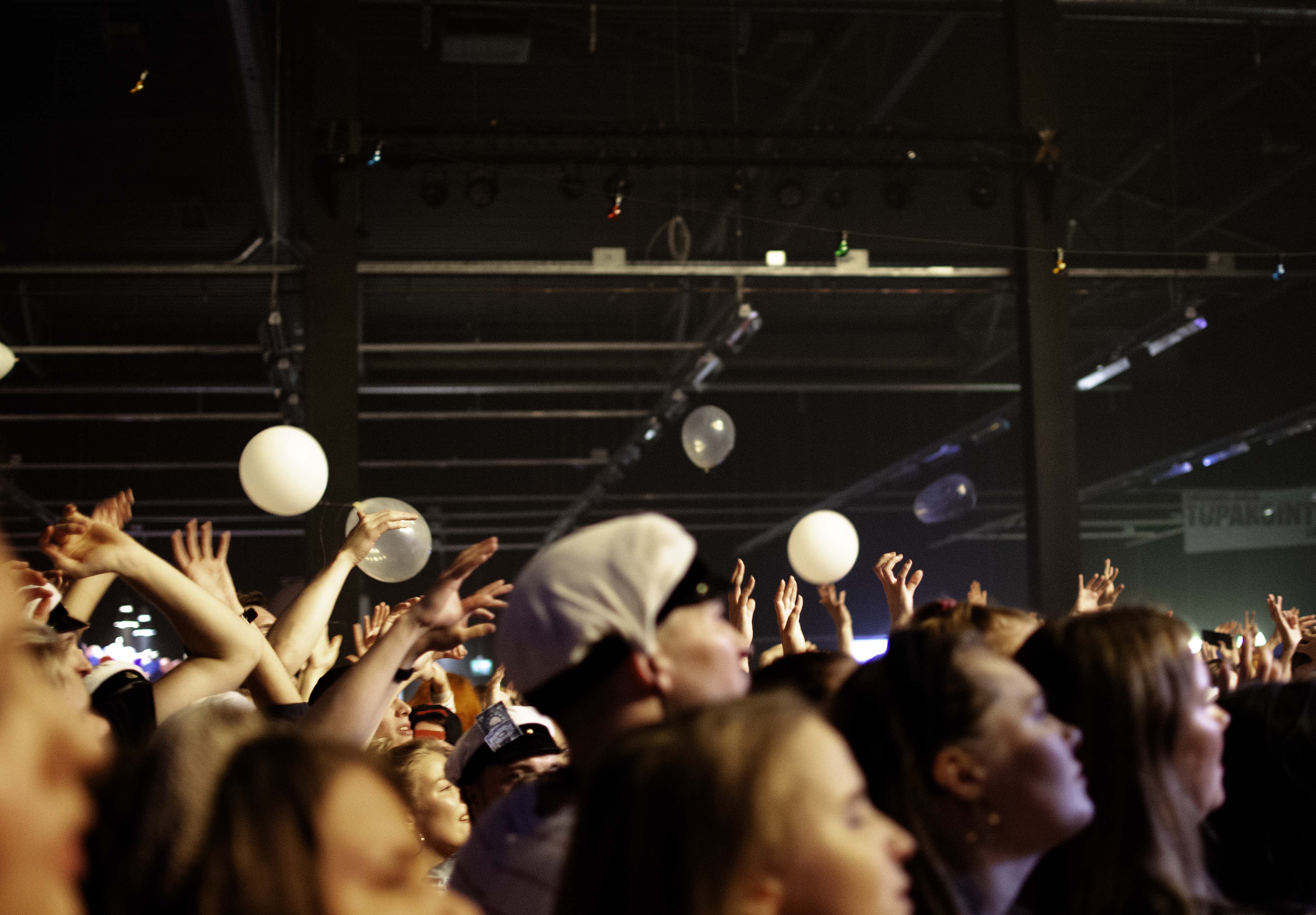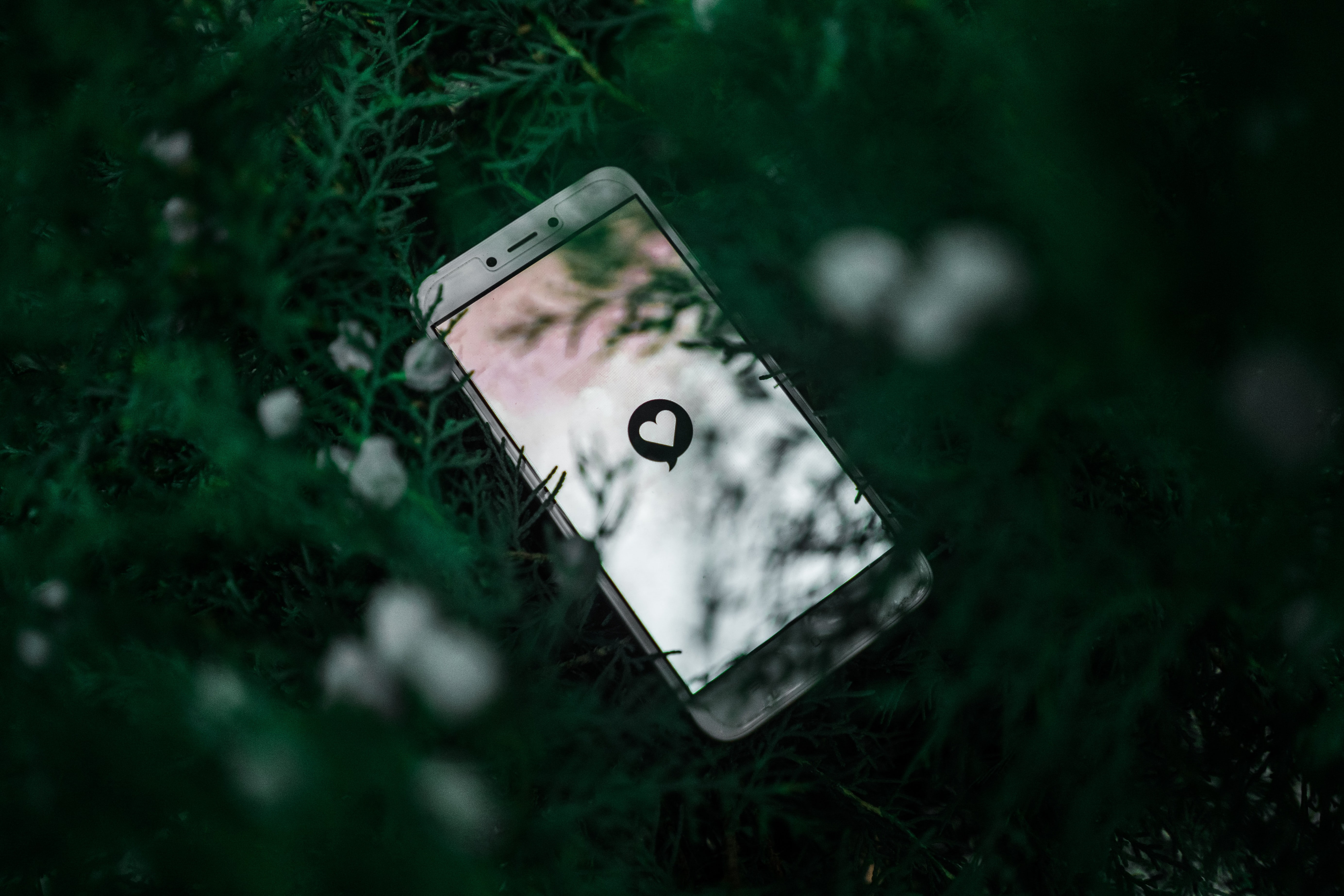We know it, student life is tough. We might have an idea that family life is not extremely easy, either. What about combining the two?
Well, the result is a mix of many things: trips to the daycare and to university, studying during breaks or while on the bus, and bracing yourself for “surviving the evenings”.
Ella, 25, from Oulu follows a five-year program in primary school teacher education. She hopes to graduate before Christmas this year. Besides her major, she is studying two long minor qualifications in biology and geography (60 ECTS each). Ella is the mother of an almost 6-year-old child.
David, from Ireland, started his studies at the University of Oulu in 2013. He graduated from the master’s program in Education and Globalisation (EdGlo) and started the Intercultural Teacher Education (ITE) program a short time later. He is also the father of a 5-year-old child.
Ela B., 31, from Albania was studying her PhD in Business School when she became pregnant with her first child. Because her business studies involved lots of traveling, Ela B. decided to quit her PhD and apply for the ITE program, which she started in January 2017. Now, her first child is almost 4 years old and she has an 8-month-old baby.
Michelle, 34, is from Aanaar (Inari), Finland. She is a mother of “two and a half children”. The oldest one is five-and-a-half, the second one four, and the third one is due in June. Michelle obtained a bachelor’s degree in Teacher Education, a master’s degree in Philosophy of Indigenous People, and is currently writing her PhD in Saami Culture and Education.
A day in the life of a parent
The day starts early for Ella. She wakes up at 7 am in order to take her daughter to the daycare by 8 am, so she can get to her courses starting at 8:15. Similarly, David and Michelle wake up early, put their children on the bike, ride to the daycare centres, and from there to the University.
Ela B. remembers her first spring of studies as getting up at 6:30 am – very quietly so she wouldn’t wake up her baby – placing the porridge, vitamin D drops, water cup and the bib on the kitchen table, checking the diaper bag, and putting everything on the stroller.
“I was continuously worried and wondered if it is selfish of me to return to my studies so soon.”
After breastfeeding, Ela B. had to head for the University while her baby remained in the care of her partner.
“I was continuously worried and wondered if it is selfish of me to return to my studies so soon,” she says.
No earlier than at 3 pm in the afternoon, both Michelle and Ella return to daycare to pick-up their children.
“Me and my husband try to alternate between who has a shorter day and is picking up the kids. I am the one who more often picks them up,” says Michelle.
On the other hand, David and Ela B. occasionally have classes or exams scheduled until 6 pm. David finds this incredibly frustrating, as it means problems in arranging care for his kid and spending less time with his little one.
“I have to survive the evenings,” Michelle jokes. Similarly, Ella describes all the chores she has to do in the evening: prepare food, clean, take her child to different hobbies and clubs and find time to visit the gym herself.
“I might sometimes envy the students without children who, after a school day, get to go home and do whatever they want, while my time is spent running from one chore to the next. However, I wouldn’t change places for anything!” Ella admits.
Productivity taken to the next level
All four parents say that combining higher education studies with raising a child takes above average organisational skills.
“I try to write all my essays and reports while I am at the University. Fortunately, I only have a few courses at the moment, so it is possible. There is no way I could see myself managing if I had the same workload as the last couple of years. I take full advantage of the days when my kid is not with me to work, so we can spend as much time as possible when we are together,” David says.
“I think that the most difficult part of combining student life with family life is time management. I carefully plan what I am going to do and when everything has to be done.”
In Ella’s case, if there is still homework to do, she usually does it after her child goes to sleep. The other option is studying in a different room while her husband is playing with the little one. Both options are rather bad, since if she is doing her coursework in a different room, she gets interrupted often, and in the evenings she is already tired herself.
“I think that the most difficult part of combining student life with family life is time management. I carefully plan what I am going to do and when everything has to be done,” she says.
Michelle explains that she, as well, tries to work after nine in the evenings, when her kids are asleep. Sometimes, however, the evenings become chaotic and there is less and less time for working.
Ela B. remembers answering urgent emails or WhatsApp messages and updating her calendar while on the bus home during her first semester as an ITE student.
Sick days add extra work
Michelle points out that it is particularly difficult to combine studies with parenting when the children fall sick. Her point of view is extremely popular amongst the other interviewees.
“You are punished for your kid being sick. You get in trouble for missing the lectures. You are required to do extra assignments, which often mean double the workload than attending the actual lecture,” David says.
He adds that a student shouldn’t be expected to choose between family and school, “because there is only one winner”.
Likewise, Ella explains that the attendance demands of the Faculty of Education (an 80 % or 90 % attendance on the courses is compulsory) can sometimes cause trouble. If her child is sick and she has to stay at home, Ella needs to do extra tasks to compensate for the missed lessons.
“A sick child is already consuming a lot of energy from the whole family. Adding extra tasks on top of that feels unfair.”
Ella considers that the attendance policy should be changed. If one must be absent due to the child’s illnesses, the compensatory tasks should be skipped. She also considers the attendance policy useless at university level, because each student is responsible for their own learning process. As a result, there is no need to impose attendance requirements.
Financial difficulties hit families
Compared with working parents, financial strain is one disadvantage studying parents face. From Ela B’s perspective, this is the biggest challenge, because the study benefits are lower than a salary.
“I have been dreaming of living close to a forest in either a row house or a detached house with a yard where the children could just go out, play, and wander safely in nature,” she says.
David points out that from a financial perspective it is disadvantageous to stay in the University for a long time. That is why there should be more support and flexibility in completing the studies. During summer, students are expected to either work or study. Due to having shared custody, and his kid’s daycare being shut in July, David has few options for summer work. This leaves him with only the study option.
However, due to lack of summer courses conducted in English, David has to take random courses during summer, because there are no courses that would help him make progress in his studies. Still, he needs to study something to receive the student benefits.
Lack of safe space to play
Lack of child-friendly facilities and childcare personnel at the University is another challenge for the students with children. Lastu, the University’s daycare centre located on the Linnanmaa campus, is not really an option, since they offer only part-time childcare. Our interviewees think it would be better if they extended it to full time.
For David, a similar challenge arises because of the distance he has to bike every day. His home, the daycare, and the campus are located far away from each other.
Ela B. found it very easy to bring her children to lectures, groupwork meetings, or social gatherings. The reason being that all her study friends love children and know how to be around them.
Despite having the same positive experience with teachers and peers, Michelle and David consider bringing their children to lectures not so easy in practice.
“At times, my own strength is being tested. My days are so full and my free time so limited.”
According to them, older children need more attention, disturb the class, or find it boring.
“Five-year-olds don’t sit on a chair for one hour and half,” says David. He and Ela B. think that the University is not a welcoming environment for kids. They say that a small place for children to play indoors, like the ones they have in the shopping centres, would be a good addition to the campus.
The burden of both family life and student life sometimes takes a toll on the mental health of parenting students.
“At times, my own strength is being tested. My days are so full and my free time so limited,” Ella admits.
For PhD students like Michelle, competition is very intense, and funding is secured by good and constant progress. That makes her wonder sometimes if she is doing “a good enough job”.
Meanwhile, Ela B. feels that it is very difficult to leave her children and go to school when they beg her not to go.
David is annoyed by the University’s outdated perception of a student as being “straight out of high school, with a lot of parental and social support”.
He underlines the fact that “one rule fits all” is not an inclusive way of designing studying guidelines and policies.
More flexibility needed
Michelle thinks that it would be nice to make it more visible and clearer that the University facilitates balance between working and family life. Ela B. would like to take part in more events organised for students with families. She already took part in the barbecuing event and enjoyed it. Although she couldn’t go to the family concert organized this spring in the University, she found it as a great idea.
From David’s perspective, some teachers don’t understand that there is a life outside school, and that students’ lives in general have changed. He adds that there should be more flexibility in completing studies and clearer guidelines.
Of course, there are positive aspects of combining studies with family life as well.
Michelle enjoys the flexibility offered by her PhD: “I can adapt my working time according to family life.”
“I owe it to my child that I am now doing something I am really passionate about and happy with,” Ela B. explains, because she made the decision of changing her career when she first became pregnant.
Moreover, Ela B. was reading every single book page and article on child development for her degree with immense interest, because she could see all those things on an everyday basis.
“Combining parenthood and teacher studies made me both a better parent and a better teacher.”
Right to rest?
Luckily, the University already had plans on creating childcare rooms on the Linnanmaa campus, which were supposed to be opened at the end of March. Due to the COVID-19 situation and the closing of the university’s premises, the childcare room is not yet in use. Unfortunately, there are no similar plans for the Kontinkangas campus, due to multiple challenges, like the lack of space.
The Student Union of University of Oulu’s (OYY) policy paper mentions flexible studies and a sufficient number of summer courses organised both in Finnish and English, so these are among the aims of OYY’s advocacy work.
On the other hand, all students in Finland are facing problems related to student benefits and holidays. According to Sanna Kangasniemi, the Student Union’s Social Affairs Specialist, last summer (2019) the National Union of University Students in Finland (SYL) made a statement with the headline “Why don’t students have a right to breaks and holifdays?” regarding the fact that students are the only group in Finland with no right to holidays and the related financial support.
“The students are subjected to strict criteria with regard to social assistance. To receive it, they must prove that no suitable summertime courses are available, that they have applied for work, and that all of the student loan to which they are entitled to have been used. In other words, students are required to use loans intended for subsistence while studying, in order to support themselves outside their periods of study”, Kangasniemi says.
In conclusion, the lives of students who are also parents pose both specific challenges and more general ones related to student life. And the solutions are not easy for either.
But as Ella admitted “The best thing is that, when I return home, I find there the most beloved and important people in my life. That gives me power”.











